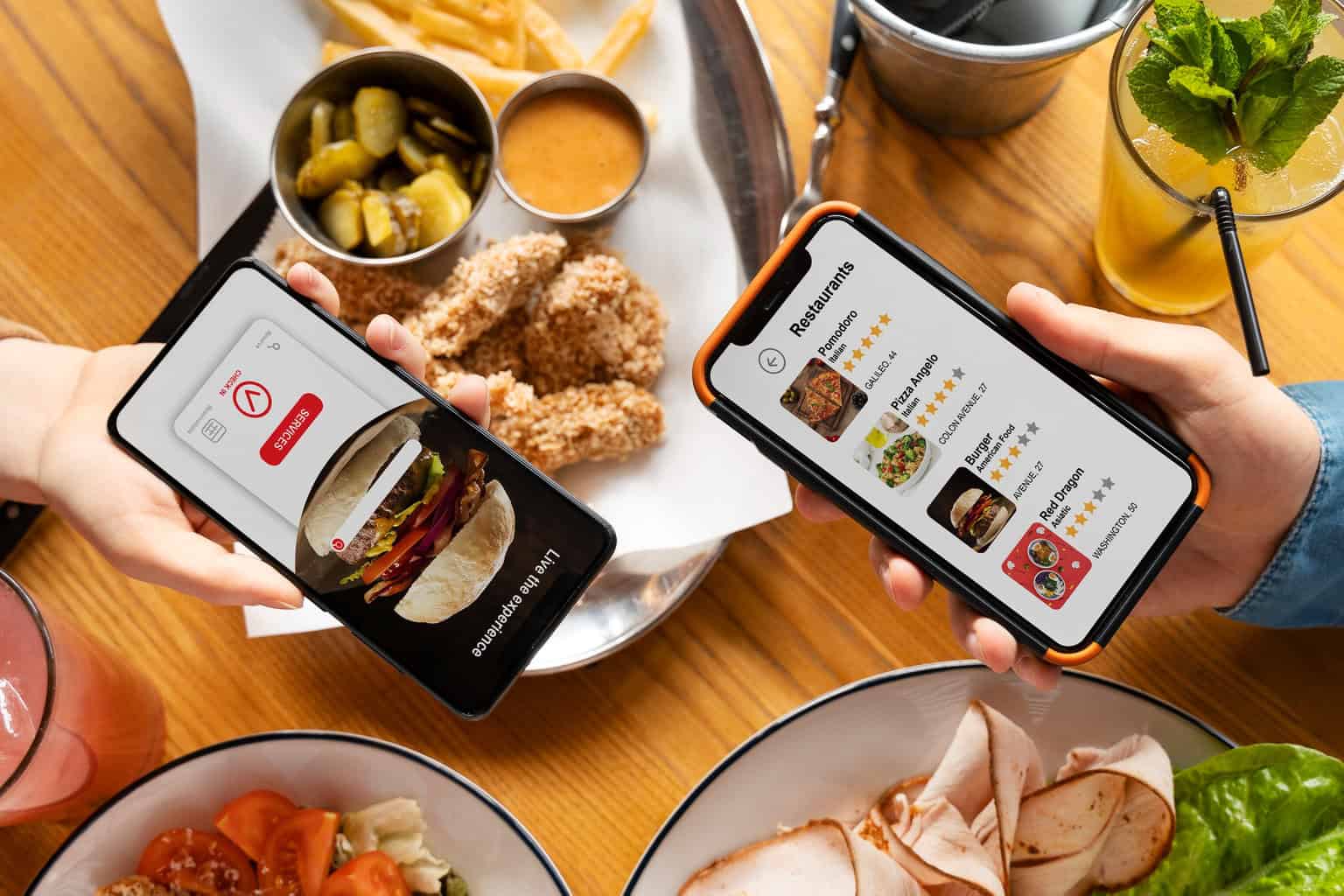
17 Jun Creating a Pickup and Delivery Ordering Page for Your Restaurant: An Overview
Lockdowns and physical distancing significantly boosted the food delivery industry during the COVID-19 pandemic. They made delivery an essential resource for struggling restaurants. This food-delivery system will likely remain and expand in the years ahead.
In 2024, the US online delivery market earned roughly $350 billion, with more than $95 billion from meal deliveries. It’s anticipated to grow further by 2028, surpassing the $500 billion mark. Yet, this thriving market comes with high consumer expectations.
In 2022, around 60 percent of Americans surveyed wanted their online food orders to arrive in 30 minutes or less. Customers order food more often when the process is quick and easy. Hence, having an online ordering system that simplifies placing orders is essential.
A crucial component of this system is providing pickup and delivery services. But how do you set up an online ordering system for your restaurant website? This article will give you an overview of the steps and considerations to create your restaurant’s pickup and delivery ordering page.
Table of Contents
Know How Online Ordering System Works and Its Benefits
Most people expect restaurants to let them place orders online. You’re missing significant growth opportunities if you run a restaurant without an online ordering system. This technology makes ordering more manageable for your customers and ensures your business remains competitive.
An online ordering system is software that enables your restaurant to accept and process orders online and deliver them to customers’ locations. This system generally comprises two components.
The first part is a website or mobile app where customers can browse and place orders without visiting your physical store. The second element is an administrative interface for restaurants to receive new customer orders and handle the order fulfillment process.
Starting an online food ordering system for your restaurant may require some initial work. However, it will give you numerous long-term benefits, such as the following:
- Make your restaurant’s daily operations more efficient
- Streamlines the entire ordering process from placing orders to final delivery
- Ensures accurate prices and reduces billing errors
- Provides precise details about the restaurant’s cash flow
- Offers restaurant menu flexibility, enabling you to update items easily using an online system
- Encourages customers to order online more frequently
- Automates various business functions, which can boost profits and save time
The Importance of Choosing the Right Restaurant Ordering System
An online ordering system is one of the most critical technologies your restaurant will invest in. Since it plays a crucial role in daily operations, it’s essential to make the right decision for your needs.
When choosing restaurant ordering systems, you must invest in a technology that attracts customers and encourages them to return. Here are some tips to help you find the right one for your restaurant:
-
- Know exactly how much money you need to spend and stick to it.
- Explore market options and find ones that match your budget and business needs.
- Focus on how user-friendly each system is and the available support level.
- Consider ease of customization, enabling you to create a solution that reflects your restaurant’s operation.
- Find one that supports digital wallets, cash, contactless, or online card payments.
- Examine the system’s compatibility with your existing website and restaurant POS system.
- Look for any free trials or demonstrations to find the best fit for your restaurant.
Considerations When Building Your Restaurant’s Ordering Page

Careful deliberation is crucial when creating an effective ordering page for your restaurant.
This page is a section on the website or app where customers can examine your restaurant’s menu and place their orders online. Consider the following factors when building your restaurant’s ordering page:
Design a user-friendly interface
A user-friendly interface is essential for a customer’s overall experience. It eliminates their confusion during the ordering process.
A simple, easy-to-use layout with clear headings, short descriptions, and quality images can help customers find menu items quickly and checkout without problems.
Integrate payment options
Different payment methods on your ordering page can boost customer satisfaction and make checkout easier. To improve customer convenience, integrate various payment options, such as cards, mobile wallets, and online gateways.
Optimize the page for mobile devices
Customers choose mobile ordering because it’s easy and convenient. Ensure your restaurant’s ordering page has a responsive layout that performs well on different screen sizes and devices, including tablets and smartphones.
How To Create a Pickup and Delivery Ordering Page for Your Restaurant
Building a pickup and delivery ordering page for your restaurant is critical for drawing in more customers and simplifying their ordering process. Here’s an overview of the steps involved when setting up your restaurant’s ordering page:
Create product categories
Once the restaurant website is set up and operational, create product categories. Group your menu items to help customers find what they want quickly.
Common categories include appetizers, main dishes, side dishes, desserts, and beverages. Subcategories can also be made for specific dietary needs or preferences, such as spicy, gluten-free, or vegetarian.
Offer pickup and delivery options
When completing checkout, offer customers the flexibility to choose between pickup and delivery options.
Give clear directions for pickup, like where to go or how long to wait. Likewise, specify your delivery zone and any delivery fees. Ensure precise delivery times are provided based on location and order volume.
Customize order statuses for your workflow
Set up custom order statuses that match your restaurant’s workflow. This might include labels like “Order Received,” “Preparing,” “Ready to Pick Up,” and “Out for Delivery.”
Customize them to fit how your restaurant works so customers receive accurate updates on their orders. This is also crucial for monitoring an order’s progress in your restaurant ordering system.
Automate customer emails and SMS
Send automated emails and text messages to inform customers about their orders. Provide notifications when they order, updates about their order, and a final message when it’s ready for pickup or delivery. It will help lessen customer inquiries and enhance overall satisfaction.
Add an online ordering button
Add an “Order Online” button on your restaurant’s website, social media profiles, and other platforms. Doing so will help customers find your ordering page easily and prompt them to order directly from your website.
Ensure an Easy Ordering Process for Your Customers
To make your restaurant’s pickup and delivery services successful, you must have an easy-to-use ordering process for your customers. User-friendly interfaces, secure payment options, real-time order tracking, and good communication can help you achieve that.
To keep improving, regularly update your system based on customer feedback and use promotional strategies. Following these best practices will make your operations smoother, build loyal customers, and help your restaurant business grow.




No Comments